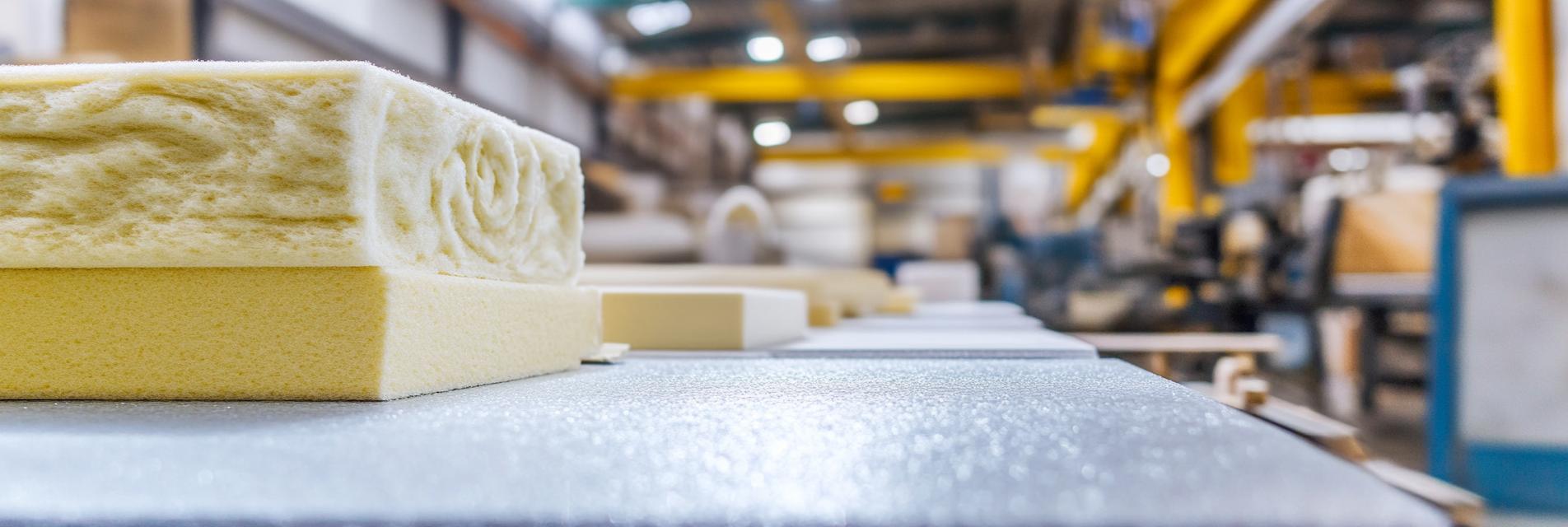As I delve into the world of industrial insulation materials, I can’t help but feel a sense of excitement 📈. These materials are not just sheets of foam or fiberglass; they represent a commitment to energy efficiency, sustainability, and cost savings in the manufacturing sector.
Industrial insulation materials are designed to manage thermal energy in various applications, serving as the unsung heroes of energy conservation. Imagine running a factory: every piece of equipment and every ounce of energy counts. This is where high-quality insulation steps in, ensuring that heat is retained where it’s needed, thereby minimizing unnecessary energy expenditure.
As I share this journey with you 💬, it’s crucial to understand not only how these materials work, but also the range of options available. Whether it’s rigid panels, flexible rolls, or spray applied, each type comes with its own set of benefits tailored for specific industries.
Thinking about energy savings isn’t just about numbers or profits; it’s about creating a better world for future generations 🌍. Have you ever thought about how much energy your favorite products consume during their lifecycle? It’s astonishing! By utilizing industrial insulation materials, manufacturers not only save money but actively contribute to a sustainable solution.
Consider a manufacturing plant that recently switched to advanced insulation materials. They reported a 30% reduction in energy costs! This kind of story fuels my passion, knowing that minor adjustments in insulation can pave the way to substantial savings and a smaller carbon footprint.

In conclusion, as someone deeply passionate about energy efficiency, I believe that embracing advanced industrial insulation isn’t merely a choice; it’s a responsibility. As we navigate toward a more sustainable future, let’s make the commitment to prioritize these vital materials in our industries. Let’s enhance our energy efficiency, protect our planet, and save costs, one insulation solution at a time 💚.
